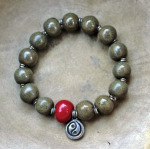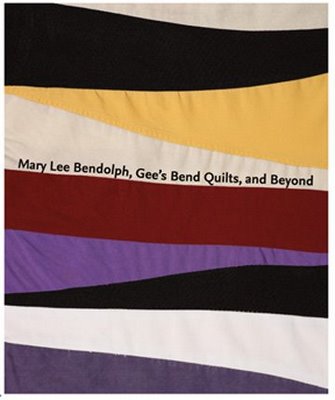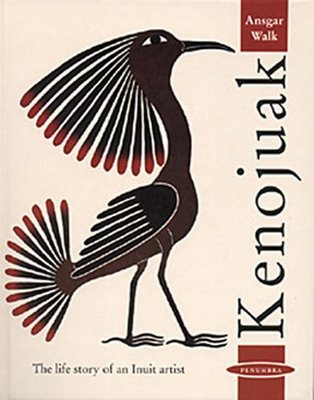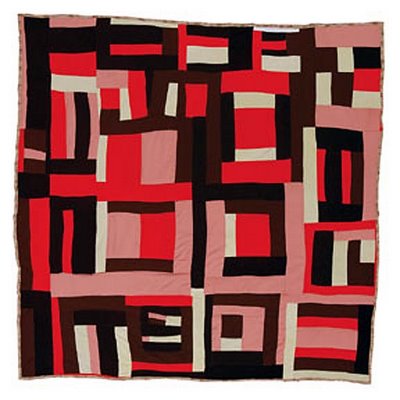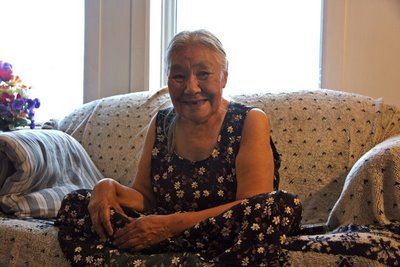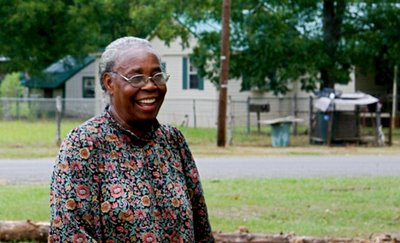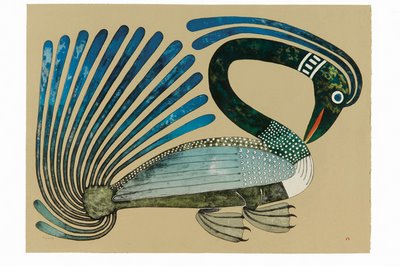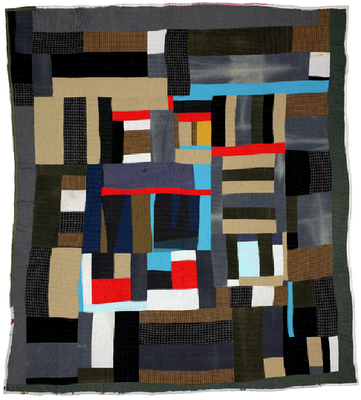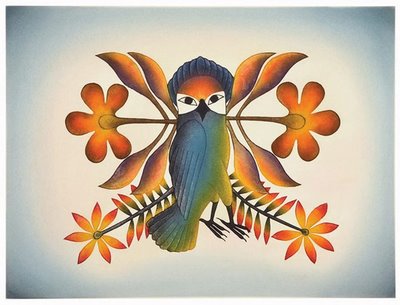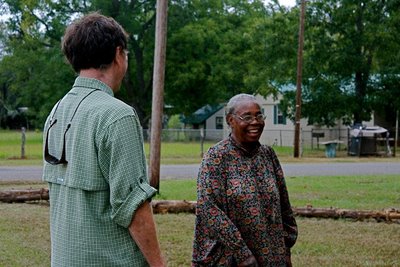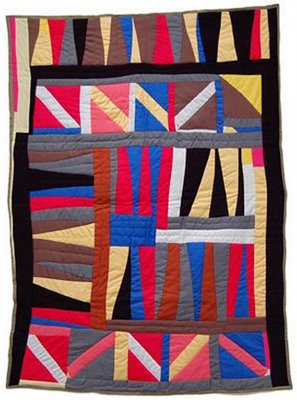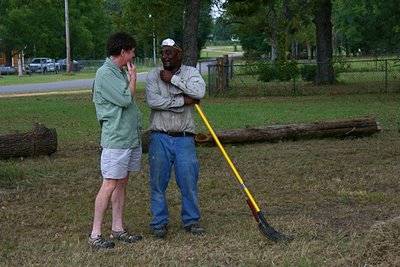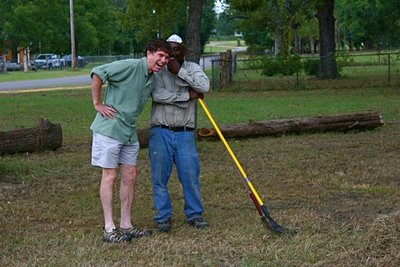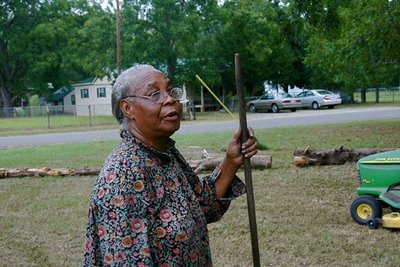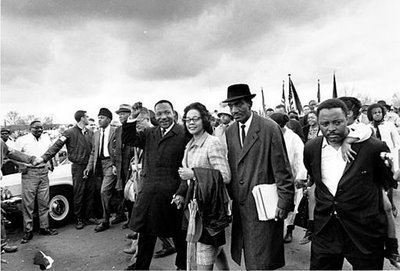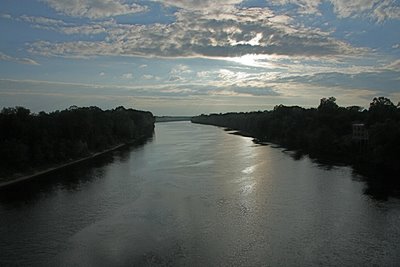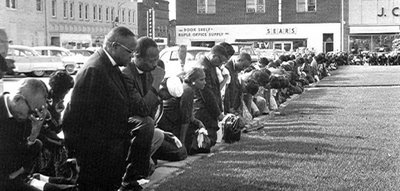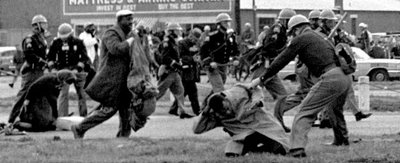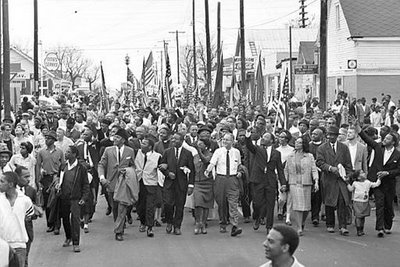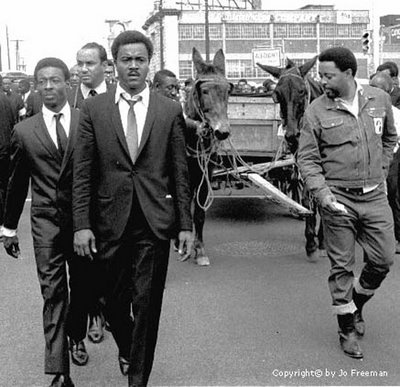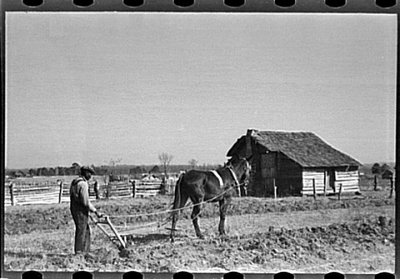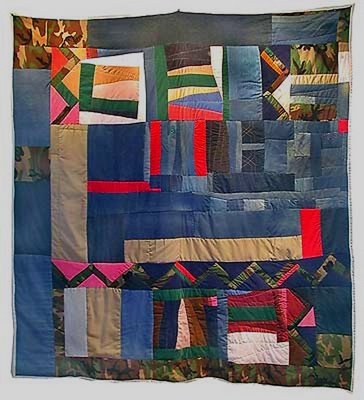 The remains of the Benedictine monastery of San Vincenzo al Volturno date back to the early 9th century.
The remains of the Benedictine monastery of San Vincenzo al Volturno date back to the early 9th century.
 And it has the most important surviving medieval frescoes in Europe.
And it has the most important surviving medieval frescoes in Europe.
 But actually the place is much older than that…
But actually the place is much older than that…
 …since the Benedictine monastery was built upon an earlier Etruscan and then Roman site.
…since the Benedictine monastery was built upon an earlier Etruscan and then Roman site.
 But it isn’t a relic either.
But it isn’t a relic either.
 Nor will it ever be.
Nor will it ever be.
 Because there is something so essential in the Benedictine motto…
Because there is something so essential in the Benedictine motto…
 Ora et labora.
Ora et labora.
 Prayer and work.
Prayer and work.
 Nineteen years ago Benedictine nuns from America brought the monastic rhythms of prayer and work back to San Vincenzo.
Nineteen years ago Benedictine nuns from America brought the monastic rhythms of prayer and work back to San Vincenzo.
Mother Agnes is a calligrapher and bookbinder.
 Mother Philip is an artisan who works in many media.
Mother Philip is an artisan who works in many media.
 Recently, her primary focus has been beaded jewelry…
Recently, her primary focus has been beaded jewelry…
 …beautiful work, as you can see.
…beautiful work, as you can see.
 She is also an anthropologist – and we’ve been humbled to see how immediately and enthusiastically Mother Philip has understood what “Red Egg Gallery” is all about.
She is also an anthropologist – and we’ve been humbled to see how immediately and enthusiastically Mother Philip has understood what “Red Egg Gallery” is all about.
 The idea of ora et labore isn’t merely to alternate periods of work with periods of prayer. Perhaps in one way or another each of us does that.
The idea of ora et labore isn’t merely to alternate periods of work with periods of prayer. Perhaps in one way or another each of us does that.
 The idea is to integrate the two – to have them become one pulsing rhythm in our lives.
The idea is to integrate the two – to have them become one pulsing rhythm in our lives.
 Work grounds us – when prayerful.
Work grounds us – when prayerful.
 And prayer helps make us mindful. “Pray without ceasing,” Jesus says. It sounds like a riddle – or an impossibility. How can you pray always? And if you tried, where would you pack all that anxious rush of thought?
And prayer helps make us mindful. “Pray without ceasing,” Jesus says. It sounds like a riddle – or an impossibility. How can you pray always? And if you tried, where would you pack all that anxious rush of thought?
 At this stage of our journey, the two of us are visiting familiar places – and dear friends. In particular, now that we’re in Italy, we’ve entered into a monastic rhythm with communities we already know and love.
At this stage of our journey, the two of us are visiting familiar places – and dear friends. In particular, now that we’re in Italy, we’ve entered into a monastic rhythm with communities we already know and love.
 We’ve known Mother Miriam for 31 years – from the first year of our marriage, when we were living in Seattle, and Mother Miriam was at the monastery of Our Lady of the Rock on Shaw Island in Puget Sound.
We’ve known Mother Miriam for 31 years – from the first year of our marriage, when we were living in Seattle, and Mother Miriam was at the monastery of Our Lady of the Rock on Shaw Island in Puget Sound.
 In fact, the community was so important to us that we named our daughter Caitlin after the monastery. She’s Caitlin Shaw Lorenc. (Shaw because Debi put her foot down and insisted that Shaw was a more tolerable middle name for a baby girl than my own first choice…Rock.)
In fact, the community was so important to us that we named our daughter Caitlin after the monastery. She’s Caitlin Shaw Lorenc. (Shaw because Debi put her foot down and insisted that Shaw was a more tolerable middle name for a baby girl than my own first choice…Rock.)
 And sure enough it’s been nothing but ora et labore for Caitlin ever since.
And sure enough it’s been nothing but ora et labore for Caitlin ever since.
 Mother Miriam is the abbess of the community – and among all the other things she is, she is also the best farmer we have ever known.
Mother Miriam is the abbess of the community – and among all the other things she is, she is also the best farmer we have ever known.
 As we said in our recent food blog, Mother Miriam and the community produce virtually all of San Vincenzo’s food themselves.
As we said in our recent food blog, Mother Miriam and the community produce virtually all of San Vincenzo’s food themselves.
Mother Miriam makes wine, olive oil, gelato, bread…all the essentials by which we live.
You’ll notice how low our wine and olive oil jars already are.
 We were just in time for the olive harvest, and not only had the chance to pitch in with the harvest ourselves…
We were just in time for the olive harvest, and not only had the chance to pitch in with the harvest ourselves…
 …but Mother Miriam took us with her to the frantoio just down the road…
…but Mother Miriam took us with her to the frantoio just down the road…
 …where the olives are washed…
…where the olives are washed…
 …and crushed…
…and crushed…
 …in a kind of alchemy....
…in a kind of alchemy....
 …to produce this stream of amber-gold -- a Biblical substance, all-told…
…to produce this stream of amber-gold -- a Biblical substance, all-told…
 …in which even the simplest working tools attain a Benedictine sense of the dignity of work.
…in which even the simplest working tools attain a Benedictine sense of the dignity of work.
 Mother Miriam asked us if we would create the Christmas crèche for the monastery. We had been joining Mother Miriam, Philip, and Agnes each day for morning and evening prayer…
Mother Miriam asked us if we would create the Christmas crèche for the monastery. We had been joining Mother Miriam, Philip, and Agnes each day for morning and evening prayer…
 …but creating the crèche…
…but creating the crèche…
 …gave us yet another means for entering into the rhythm of Advent.
…gave us yet another means for entering into the rhythm of Advent.
 Debi has been delinquent in her homework for becoming an oblate with our beloved New Camaldoli Hermitage in Big Sur.
Debi has been delinquent in her homework for becoming an oblate with our beloved New Camaldoli Hermitage in Big Sur.
But as with so many other things in life, this delinquency has turned out to have its own intention…
 …because now Debi has accepted Mother Miriam’s invitation to become an oblate with San Vincenzo al Volturno instead.
…because now Debi has accepted Mother Miriam’s invitation to become an oblate with San Vincenzo al Volturno instead.
This means – as Mother Miriam says – that the fact that I am an oblate with New Camaldoli will augment Debi’s oblature with San Vincenzo, just as Debi will remain deeply-connected with the Camaldolese-Benedictines.
As a couple, our relationship with both communities will continue to deepen.
 OK, this is your final test. Can you identify the gloves of the farmer-abbess and those of the photographer and icon-painter?
OK, this is your final test. Can you identify the gloves of the farmer-abbess and those of the photographer and icon-painter?
 Aha, you missed!
Aha, you missed!
Mother Miriam and Debi have traded and now wear each other’s gloves.
 Tuesday, December 23, 2008 at 12:41AM
Tuesday, December 23, 2008 at 12:41AM 















 In fact, the community was so important to us that we named our daughter Caitlin after the monastery. She’s Caitlin Shaw Lorenc. (Shaw because Debi put her foot down and insisted that Shaw was a more tolerable middle name for a baby girl than my own first choice…Rock.)
In fact, the community was so important to us that we named our daughter Caitlin after the monastery. She’s Caitlin Shaw Lorenc. (Shaw because Debi put her foot down and insisted that Shaw was a more tolerable middle name for a baby girl than my own first choice…Rock.) And sure enough it’s been nothing but ora et labore for Caitlin ever since.
And sure enough it’s been nothing but ora et labore for Caitlin ever since.











